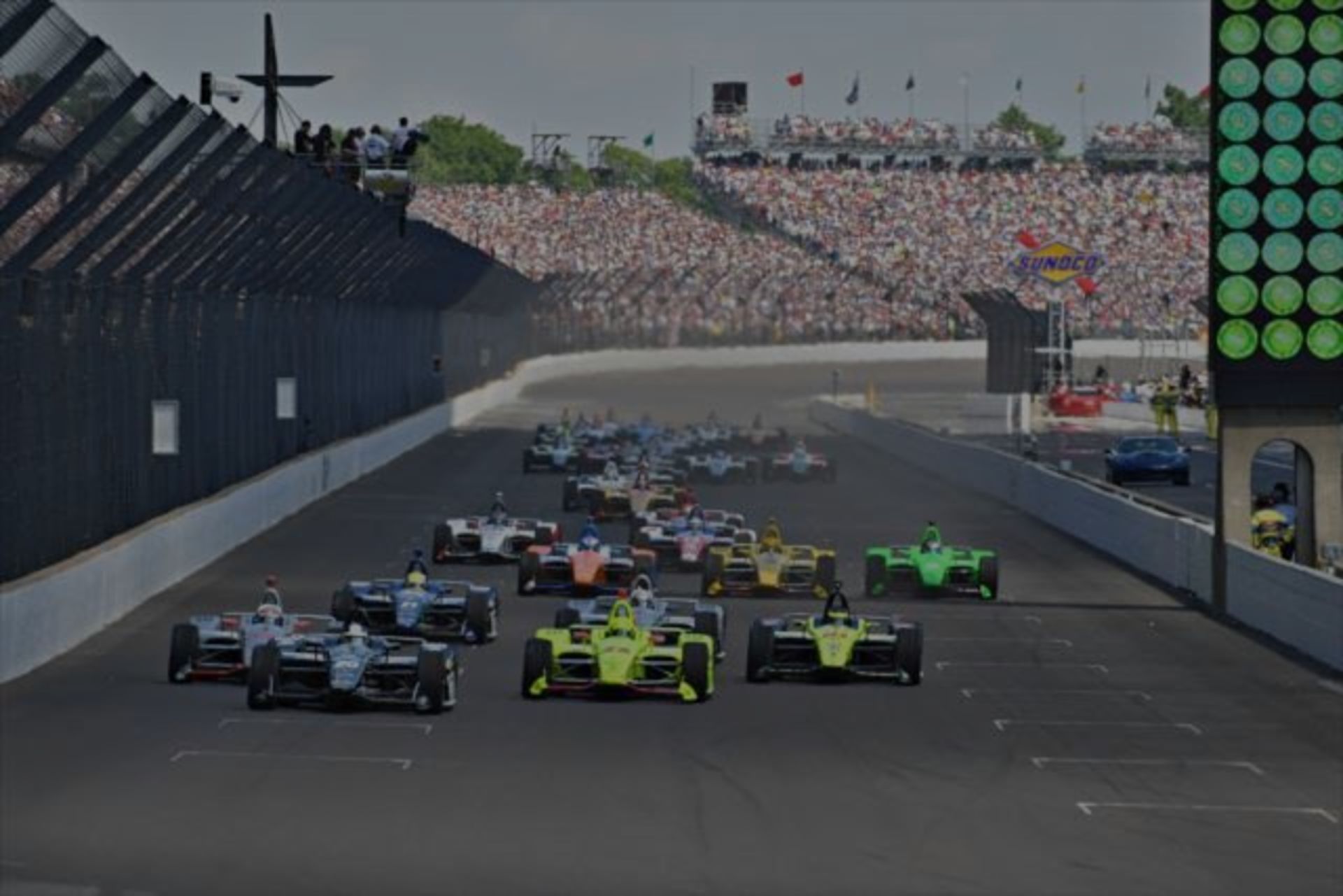
IN PREPARATION FOR THE FESTIVITIES THIS WEEKEND, HERE ARE 9 FUN FACTS ABOUT THE BIGGEST SPECTACLE IN RACING!
1- TOWN OF SPEEDWAY BECOMES
Normally, the town of Speedway, Indiana has a population of just over 12,000 people. But, on race day, 300,000+ fans will embark on the Greatest Spectacle in Racing making the tiny town of Speedway one of the biggest populated cities in America on race day alone. The amount of people that packed the town on May 26 will make Speedway in the top 100 of populous cities in America.
2 – THE INDIANAPOLIS MOTOR SPEEDWAY IS BIG
Speaking of size, the Indianapolis Motor Speedway is one of the oldest and largest sporting venues in the world. Just think about it, here’s what you can fit inside the track comfortably – Yankee Stadium, the Rose Bowl, Churchill Downs, Roman Coliseum, Vatican City, The White House, Taj Mahal and Liberty Island. If you plan to walk from one end of the track to the other, better bring your best walking shoes.
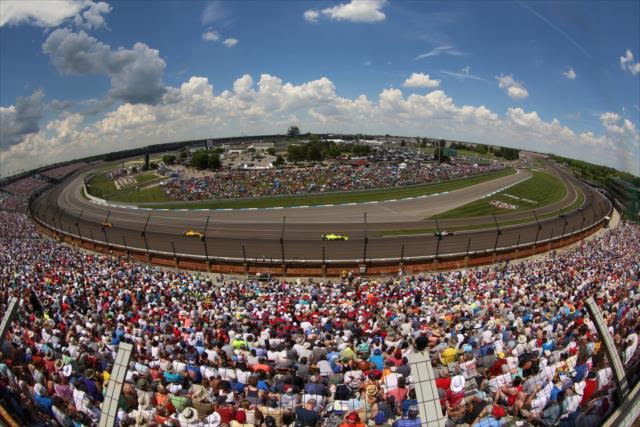
3 – IMS DIDN’T START BECAUSE OF THE ‘500, IT WAS STARTED FOR A BALLOON RACE
Many think that the Speedway opened in 1911 for the first Indy 500. But, what if I told you that the track has actually been operating since 1909. The first race wasn’t with a car, it was with a….hot air balloon race.
4 – WHY WE HAVE 33 CARS STARTING
Tradition. That’s what makes the Indy 500 so big. Everyone knows we have 33 cars start the race each year, but no one really knows why though. Many people don’t realize that we had 40 cars start the race in 1911. But, following that, the Contest Board of the American Automobile Association (AAA), the sanctioning body at the time, mandated a formula for limiting the size of a starting field according to the size of the track. It was determined that the safe distance between each car spread equally around a course would be 400 feet, thereby limiting the 2.5-mile Indianapolis Motor Speedway to 33 cars. Speedway President Carl Fisher, however, placed a limit of only 30 cars for the “500” between 1912 and 1914 and did not adopt AAA’s 33 maximum until 1915. Although there had been numerous occasions between 1912 and 1928 when the field was not filled, the allowed number was increased during the Depression years to 40 cars between 1930 and 1932 (only 38 made it in 1930) and further to 42 in 1933. The maximum has been at 33 ever since 1934, although extenuating circumstances expanded the field to 35 starters in 1979 and 1997.

5 – THE WINNERS DRINK MILK, BUT WHY?
Can you imagine getting out of a hot vehicle after three grueling hours in it and the first thing you drink is…milk? That’s why people wonder why the ‘500 winners drink that following the race. But, it all go started when Louis Meyer drank buttermilk to refresh himself on a hot race day in 1936. An executive with what was then the Milk Foundation was so elated when he saw the moment captured in a photograph in the sports section of his newspaper the following morning that he vowed to make sure it would be repeated in coming years. There was a period between 1947-55 when milk was apparently no longer offered, but the practice was revived in 1956 and has been a tradition ever since.
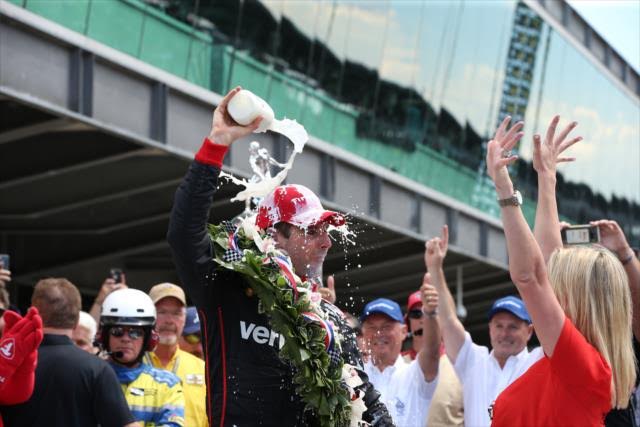
6 – JULES GOUX WON THE RACE WHILE DRINKING ALCOHOL
The reason Jules Goux gets brought up is because the was the last Frenchman to win the pole for the Indy 500 in 1919. Why that’s significant is we have a French driver on the pole this year in Simon Pagenaud. But, Goux is more famous for something else…drinking and driving. Yes, Goux raced decades before milk was brought for the Speedway, his drink of choice? Champagne. Except, he CHUGGED champagne during every pit stop. It worked because he won the race in 1913 doing so. In 1914, drinking while driving in the race was outlawed.
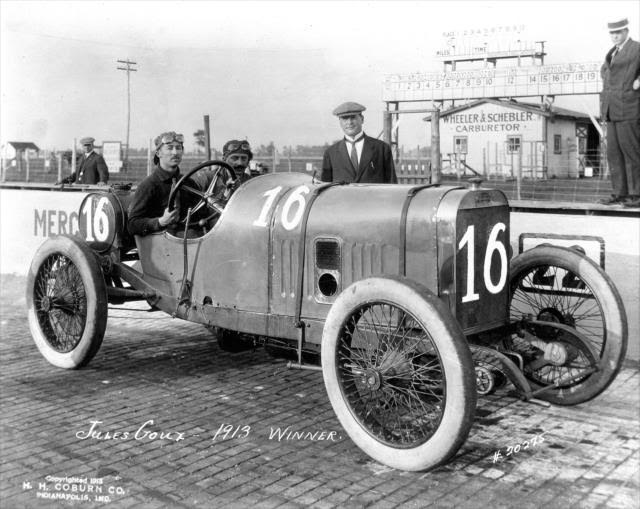
7 – WHY 500 MILES?
Track founder Carl Fisher wanted the race to last seven hours in length. He wanted to give fans something to watch from mid morning into the afternoon. So, he thought with the cars traveling around 75 mph, how many miles could you go to fit seven hours?
500!
Ray Harroun did it in 6-hours, 42-minutes and eight seconds in 1911.
8 – INDY CAR DRIVERS DO MORE THAN JUST SIT AND DRIVE
Some people think being a race car driver is easy. They just sit and drive for 3 hours right? NO! Imagine driving your car in the middle of January on an icy day down 465. Now, imagine doing so at 230 mph. That’s how out of control these cars really are. The more loose, or free flowing the car feels, the faster. Now, imagine doing so without power steering. Yes, these cars don’t have power steering. Now, imagine turning your car into a corner on ice at speeds in excess of 230 mph without power steering and having more g-forces on your body than a space shuttle going into orbit.
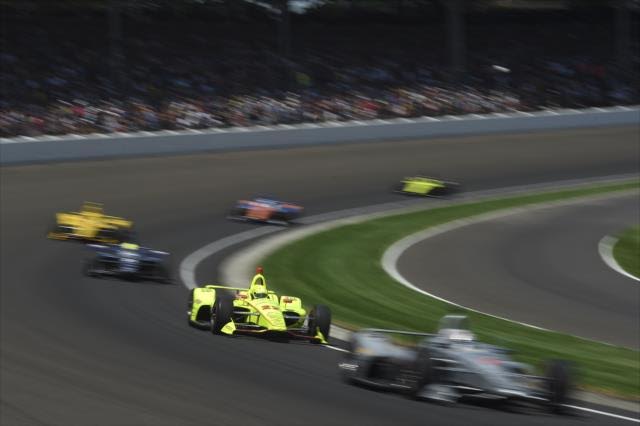
These driver pull between 3-5 g-forces per turn on each lap. There’s four turns and 200 laps. That’s 12 g-forces on your body per lap. Multiply that by 200 and you get 2,400 pounds of force on your body during the race. Then do that without power steering. Due to having no power steering and the forces on their bodies, drivers say the steering wheel will weight around 35-45 pounds PER TURN.
9 – THE GREATEST SPECTACLE IN RACING
Alice Greene, a young copywriter for WIBC radio, coined the phrase “The Greatest Spectacle in Racing” in 1954. The phrase was then made famous by legendary Indy 500 voice, Sid Collins, who broadcasted the race for 24 years.
Are you ready for the fun this weekend?!
